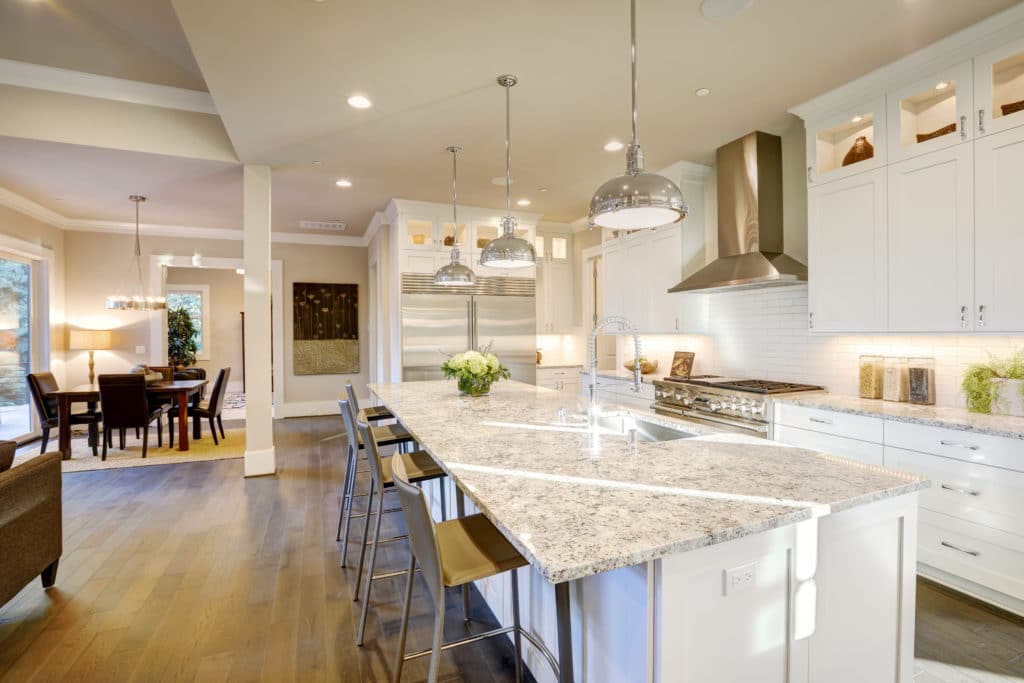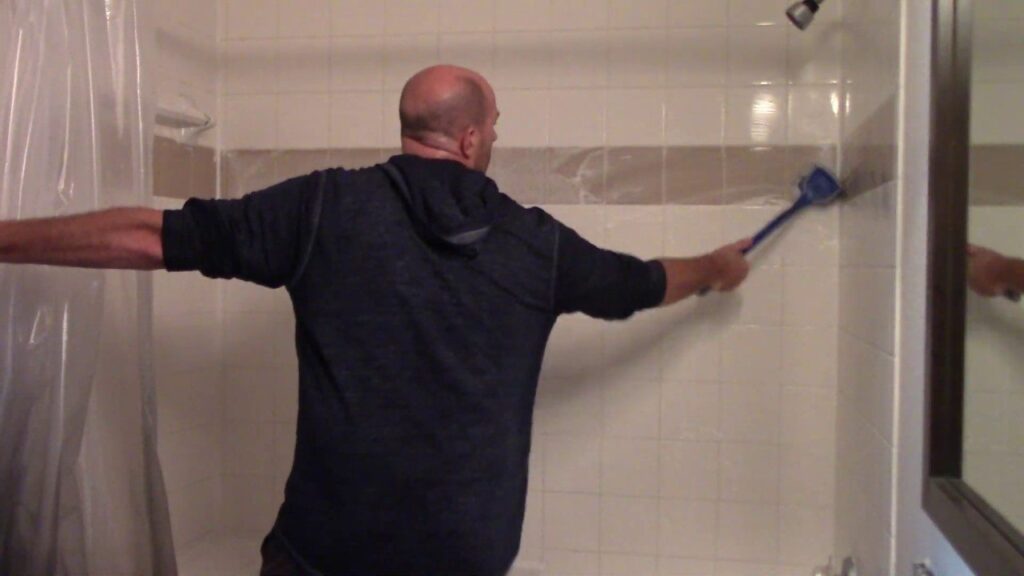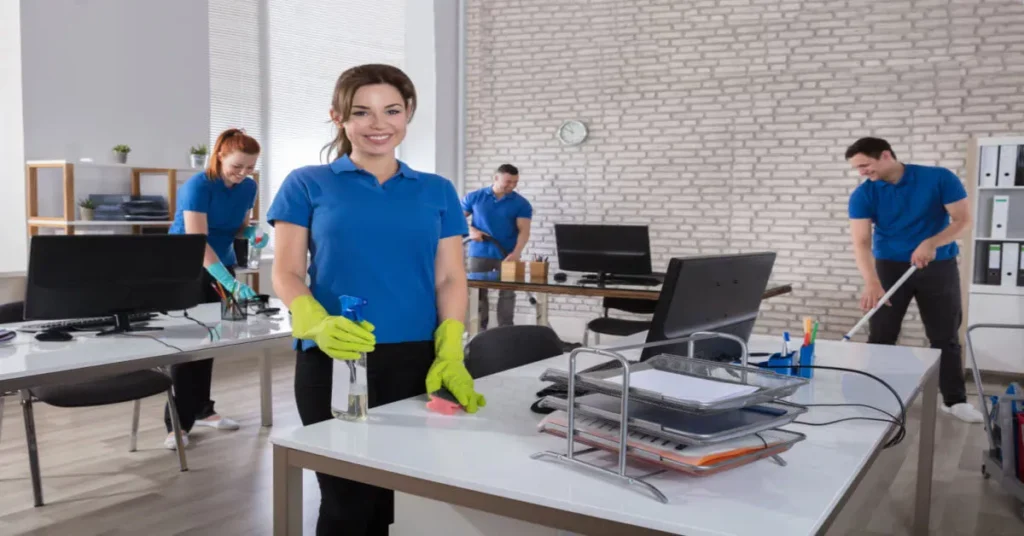Deep cleaning your dining room can feel like a daunting task, especially when it comes to tackling all the nooks and crannies where dust and crumbs like to hide. But don’t worry! With the right tips and tricks, you can transform this chore into a manageable and even satisfying project. Whether it’s prepping for a special occasion or just doing some overdue maintenance, a thorough cleaning can make your dining space feel fresh and inviting. In this guide, Evolution DR Cleaning will explore some handy strategies for deep cleaning your Jacksonville dining room, ensuring it’s ready for family meals, dinner parties, and everything in between. Let’s get started!
1. Start with Decluttering
The first step in any deep cleaning process is to declutter the area. A clutter-free dining room not only makes the cleaning process easier but also contributes to a more organized and appealing space. Begin by removing all items from the dining table, sideboards, and any other surfaces. This includes tablecloths, decorative pieces, and any dishes or utensils that may be left out.
Once the surfaces are clear, sort through the items you’ve removed. Decide what needs to be put away, what can be donated, and what should be discarded. This is a great opportunity to evaluate the necessity of items and reduce clutter, which can contribute to a more serene and functional dining space.
2. Dust and Clean All Surfaces
With the room cleared of clutter, focus on dusting and cleaning all surfaces. Dust tends to accumulate quickly on surfaces like tables, chairs, shelves, and light fixtures. Use a microfiber cloth or a duster to gently remove dust from these areas. For light fixtures and ceiling fans, you might need a step ladder to reach higher places. Ensure that you dust the blades of ceiling fans and any hanging light fixtures to avoid spreading dust around when they’re turned on.
Don’t overlook the baseboards and corners of the room. Dust and dirt can collect here, affecting the overall cleanliness of your dining room. Use a microfiber cloth or a dusting tool to clean these areas thoroughly.
3. Wash Windows and Window Treatments
Clean windows can significantly brighten up your dining room, making it look more inviting and spacious. To clean the windows, use a glass cleaner or a homemade solution of vinegar and water. Spray the solution on the glass and wipe it off with a lint-free cloth or paper towel. For a streak-free finish, clean the windows on a cloudy day or avoid direct sunlight.
If your dining room features window treatments such as curtains or blinds, give them some attention as well. Curtains can be vacuumed to remove dust and then washed according to their care instructions. For blinds, use a damp cloth to wipe down each slat, paying attention to any spots or stains. Regular cleaning of window treatments helps maintain a fresh and polished look.
4. Deep Clean the Floors

The type of flooring in your dining room will determine the cleaning approach. For hardwood floors, start by sweeping or vacuuming to remove loose dirt and debris. Follow up with a mop using a cleaner specifically designed for hardwood. Be cautious not to use excessive water, as it can damage the wood.
For tile floors, sweep or vacuum first to remove loose dirt. Then, mop the floor using a tile cleaner or a mixture of water and vinegar. Pay attention to grout lines, which can collect dirt and require extra scrubbing. For those with carpets, vacuum thoroughly and spot-clean any stains with a carpet cleaner. If necessary, consider professional carpet cleaning services to address deep-set stains and odors.
5. Clean and Polish Furniture
Your dining room furniture often serves as a focal point, so keeping it clean and polished is essential. Start by dusting all furniture surfaces, including the dining table, chairs, and sideboards. For wooden furniture, use a wood cleaner or polish to restore the shine and protect the surface. Apply the polish in a thin, even layer and follow the manufacturer’s instructions for best results.
For upholstered chairs, vacuum the fabric to remove dust and debris. If there are stains or spots, use an upholstery cleaner suitable for the fabric type. Test any cleaner on a small, inconspicuous area first to ensure it does not cause discoloration or damage.
6. Freshen Up the Air
A clean dining room should also smell fresh. To improve the air quality and eliminate any lingering odors, consider using an air purifier. Air purifiers can help remove dust, allergens, and other particles from the air, making the space more pleasant to be in.
Alternatively, use natural air fresheners like a bowl of potpourri, essential oil diffusers, or scented candles to enhance the ambiance. Choose scents that complement the atmosphere of your dining room, such as citrus for a fresh feel or vanilla for a warm, inviting aroma. Regularly changing air fresheners and ensuring proper ventilation can help maintain a pleasant scent in your dining area.
7. Clean Light Fixtures and Ceiling Fans
Light fixtures and ceiling fans are often overlooked during regular cleaning but can accumulate significant dust and grime. Start by turning off the lights and ceiling fan to ensure safety. For chandeliers or pendant lights, carefully remove the bulbs and clean the glass or crystal parts with a glass cleaner. If your fixture has intricate details, use a soft brush or duster to reach into crevices.
For ceiling fans, use a step ladder to reach the blades. Dust them with a microfiber cloth or a fan duster, ensuring you catch dust falling from each blade. To prevent dust from spreading to other areas, consider placing an old pillowcase over each blade and gently wiping. This technique helps capture dust and prevents it from dropping onto your furniture or flooring.
8. Sanitize and Disinfect High-Touch Areas

Sanitizing high-touch areas is crucial for maintaining a hygienic dining room. Focus on surfaces that are frequently touched, such as door handles, light switches, and the dining table. Use a disinfectant cleaner or a mixture of water and bleach to wipe down these areas, ensuring you eliminate germs and bacteria.
Pay special attention to the dining table, particularly if it’s used regularly for meals. Use a disinfecting spray or wipes suitable for the table’s material—wood, glass, or laminate. This helps ensure that your dining area is not only clean but also free from harmful microorganisms.
9. Clean and Organize Storage Areas
Many dining rooms feature storage areas like china cabinets, sideboards, or buffet tables. Take the time to clean and organize these spaces. Start by removing all items from the storage areas. Wipe down the interior surfaces with a suitable cleaner or disinfectant.
Once the inside is deep clean, evaluate the items you’re placing back. Use this opportunity to declutter and organize your china, glassware, and serving pieces. Group similar items together and consider using drawer organizers or shelf liners to keep things tidy and accessible. This not only improves the functionality of your storage but also contributes to a neater appearance in your dining room.
10. Refresh Upholstery and Fabric Items
Upholstered furniture and fabric items in your dining room can accumulate dust, spills, and stains over time. For upholstered chairs or cushions, vacuum thoroughly to remove loose dust and debris. For stains, use a fabric cleaner appropriate for the material. Test the cleaner on a small, hidden area first to ensure it doesn’t cause damage.
If you have fabric tablecloths, placemats, or napkins, wash them according to their care instructions. For a fresh scent and added cleanliness, consider using a fabric refresher spray or adding a cup of white vinegar to the wash cycle. This helps eliminate any lingering odors and keeps your fabric items looking and smelling fresh.
11. Inspect and Clean HVAC Vents
HVAC vents and air returns can harbor dust and allergens, impacting air quality in your dining room. Inspect these vents for dust buildup and clean them as needed. Use a vacuum with a brush attachment to remove dust from the vent covers. If the vents are particularly dirty, consider removing them for a thorough home cleaning.
It’s also a good idea to check and replace air filters in your HVAC system regularly. A clean filter improves air quality and ensures that your heating and cooling systems run efficiently, contributing to a healthier environment in your dining room.
12. Address Any Mold or Mildew Issues
Mold and mildew can be problematic in areas with high humidity, such as Jacksonville. Inspect your dining room for any signs of mold or mildew, especially in corners, on walls, or around windows. If you notice any mold, clean the affected areas with a mixture of water and vinegar or a commercial mold cleaner.
For more severe mold problems, you may need to consult a professional. Ensure proper ventilation and use a dehumidifier to prevent future mold growth. Addressing mold issues promptly helps maintain a healthy and clean dining environment.
13. Check and Repair Furniture and Fixtures
During your deep cleaning, it’s also important to inspect your dining room furniture and fixtures for any signs of damage. Check chairs and tables for loose screws, wobbly legs, or any other issues that may require repair. Tighten screws and bolts as needed and consider applying furniture polish or conditioning oil to maintain the wood’s finish.
For fixtures like light switches or outlets, ensure they are functioning correctly. If you notice any issues, such as flickering lights or non-working outlets, address them promptly. Regular maintenance and minor repairs help ensure that your dining room remains both functional and aesthetically pleasing.
Conclusion
A comprehensive deep cleaning of your Jacksonville dining room involves a thorough approach to maintaining every aspect of the space. By addressing light fixtures, sanitizing high-touch areas, organizing storage, refreshing upholstery, cleaning HVAC vents, addressing mold, and inspecting furniture, you can ensure your dining room is not only clean but also welcoming and well-maintained. Incorporate these practices into your cleaning routine to create a dining space that’s both beautiful and inviting for every occasion.


